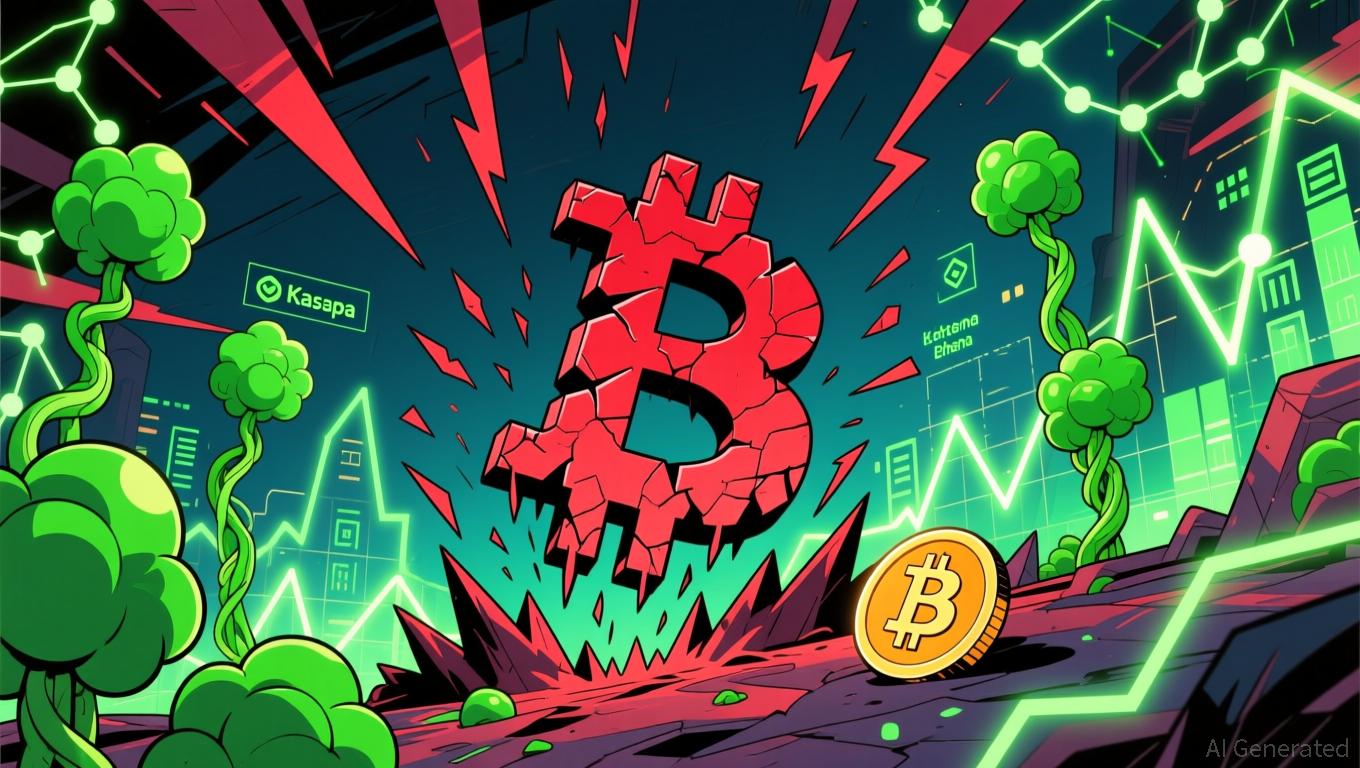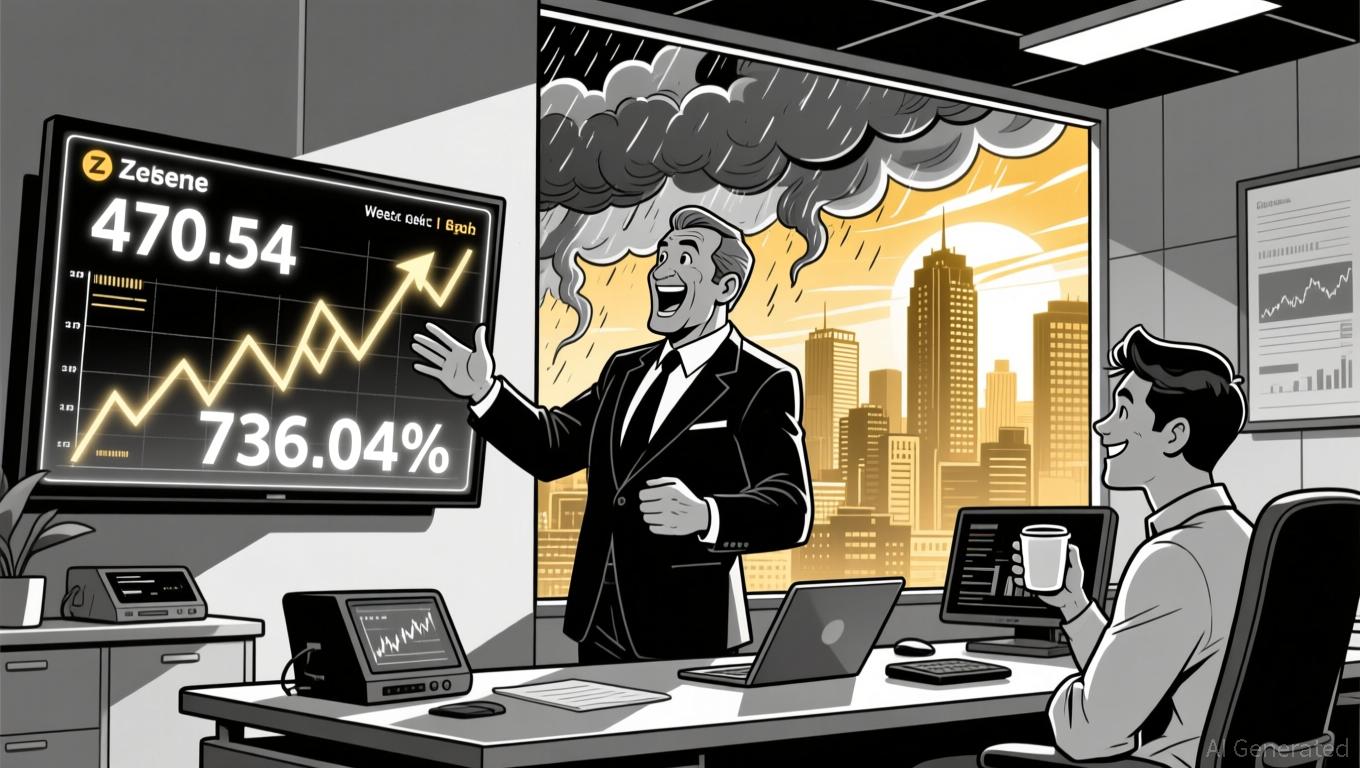Investing in Educational Facilities: A Strategic Approach to Addressing the Shortage of School Counselors
- U.S. school counselor shortages (385:1 student ratio) create investment opportunities in education infrastructure and workforce development. - Federal/state policies like BSCA ($1B) and state budgets ($1.7B in California) aim to expand counselor training but face funding expiration risks. - Private sector partnerships (K12 Coalition, PPPs) and ROI-driven models (Arizona's 645:1 ratio reduction) demonstrate scalable solutions for workforce readiness. - Education infrastructure investments show dual impact
Public Policy as a Catalyst for Investment
Federal and state authorities have started to tackle this problem through specific funding measures. The Bipartisan Safer Communities Act (BSCA) dedicated $1 billion to increase the number of school counselors, social workers, and psychologists, while the American Rescue Plan (ARP) offered short-term support by enabling part-time hires

The Inflation Reduction Act (IRA) and the Infrastructure Investment and Jobs Act (IIJA) further support this movement by facilitating long-term funding for educational infrastructure. For example, California’s 2025–26 budget
Private Sector Partnerships and Financial Instruments
Private industry is increasingly influencing the education sector, with collaborations between K–12 schools and industries such as advanced manufacturing and technology generating new funding opportunities. For instance, rural school districts working with manufacturers
Organizations supported by private equity, such as K12 Coalition, are broadening their reach by acquiring professional development providers, demonstrating the sector’s evolution
ROI and Case Studies: Proving the Investment Thesis
Demonstrating the return on investment (ROI) for school counseling initiatives reinforces the rationale for directing capital to this area. States such as Arizona have
Examples from California’s 2025–26 budget demonstrate tangible ROI. The $1.7 billion allocated to the Student Support and Professional Development Block Grant
Conclusion: A Strategic Niche for Impact-Driven Investors
The lack of school counselors is a widespread issue with clear solutions driven by policy and market forces. By supporting federal and state programs, forming private sector alliances, and focusing on programs with proven ROI, investors can take a leading role in a rapidly changing field. As the U.S. faces challenges in youth mental health and workforce preparedness, investing in education infrastructure—especially in developing the school counselor workforce—stands out as a strategic opportunity to achieve broad impact and sustainable value.
Disclaimer: The content of this article solely reflects the author's opinion and does not represent the platform in any capacity. This article is not intended to serve as a reference for making investment decisions.
You may also like
Bitcoin News Update: Growing Optimism Faces ETF Withdrawals: The Delicate Balance of Crypto Stability
- Crypto markets show fragile stabilization as Fear & Greed Index rises to 20, but Bitcoin remains 30% below October peaks amid $3.5B ETF outflows. - Stablecoin market cap drops $4.6B and on-chain volumes fall below $25B/day, weakening Bitcoin's liquidity absorption capacity. - Select altcoins like Kaspa (22%) and Ethena (16%) gain traction while BlackRock's IBIT returns $3.2B profits, signaling mixed institutional confidence. - Technical indicators suggest tentative support at $100,937 for Bitcoin, but So

BCH Rises 0.09% as Momentum Fuels Outperformance
- BCH rose 0.09% in 24 hours but fell 4.22% in seven days, yet gained 22.72% annually. - It outperformed its Zacks Banks - Foreign sector with 0.66% weekly gains vs. -2.46% industry decline. - Earnings estimates rose twice in two months, boosting consensus from $2.54 to $2.56. - With a Zacks Rank #2 (Buy) and Momentum Score B, BCH shows strong momentum potential. - Annual 63.46% gains and positive revisions solidify its position as a top momentum stock.

DOGE drops 1.36% as Bitwise ETF debuts
- Bitwise launched the first Dogecoin ETF (BWOW) on NYSE, offering institutional-grade exposure to the memecoin. - DOGE fell 1.36% in 24 hours but rose 7.34% weekly, reflecting mixed short-term market sentiment. - The ETF aligns with growing institutional adoption and regulatory momentum for altcoins, despite a 52.35% annual decline. - Similar products like Bonk’s ETP and Ethereum upgrades highlight maturing crypto infrastructure and investor demand.

ZEC Falls 4.01% After Grayscale Submits Zcash ETF Conversion Application
- Zcash (ZEC) fell 4.01% in 24 hours as Grayscale files to convert its Zcash Trust into an ETF. - The ETF conversion aims to boost institutional exposure and regulated market access for ZEC. - ZEC shows 16.26% monthly gain and 736.04% annual rise despite recent 17.89% weekly drop. - Analysts highlight ETF approval could stabilize ZEC’s price and attract diversified investors. - The SEC’s decision on the ETF remains pending, shaping market perceptions and ZEC’s adoption trajectory.
